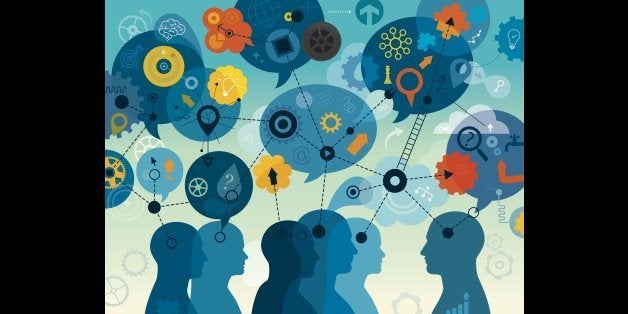
A constant dialogue in education policy and practice concerns the need to increase student academic achievement. This mostly involves working to improve learning conditions of low-income and racially and ethnically diverse students. This makes the most sense, as they are the ones constantly underperforming in a variety of tested subjects. Addressing issues of low student performance likely requires a diverse portfolio of options because there are diverse sets of issues. When it comes to learning, one-size-fits-all programs may not work that well for enough students - something we observe happening today.
What do standardized tests do? These tests are supposed to assess student learning in relevant subjects, but "teaching-to-the-test" do not necessarily mean the teaching of skills. That is not to say that standardized tests do not have certain benefits. The focus on these tests produces quantitative measurements, a way of documenting student progress. This is not inherently bad, of course, but the extent to which our society places emphasis on these tests make them feel more important. Standardized tests do not measure how we think, though, and the history of human experience is based on thinking for survival. This has required that learning be done more holistically, meaning more interconnected with a variety of subjects.
One way to teach students to think more holistically is through the infusion of environmental education in state-approved curriculum programs. Teaching about the environment requires teachers to draw from multiple disciplines, creating a more holistically contextual understanding of the world around us. Environmental education is not just being told that recycling is good, but learning why doing so is important. It is not just knowing that climate change is occurring, but why it is happening and what can be done to mitigate it. Legitimate environmental education means drawing on the natural, physical, and social sciences to understand these issues. True environmental education is inter- and multi-disciplinary, which is to say that it informs learners in more ways than one.
Environmental education is best when it is place-based, meaning more local, because we can better conceptualize and understand the environment in which we live. That is not to say that we cannot learn about the global implications of environmental issues though, as noted in a great many environmental texts that reference global environmental problems. In some cities across the United States, there are even some schools where environmental education is at the center of its curriculum program. Some scholarly research suggests that interdisciplinary learning, such as what has been described above using environmental education, promotes more effective changes in student learning leading to increased performance and academic achievement. This is in contrast to what we see happening now.
Making the environment part of our education system will be no simple task, but it is very important. We need to create a more informed American population about real environmental problems. What I suggest here is a paradigm shift, replacing focus on testing with critical thinking through interdisciplinary learning. To be a successful shift, changes in our education system should be done over time and not through sudden and drastic changes. This also is a good time to promote the changes we want to see in our communities through grassroots activism. Activism may be demonstrated through different outreach campaigns, community engagement, and working with nonprofits specializing in environmental education.
Syndey Harris, a former journalist with the Chicago Sun-Times once said, "the whole purpose of education is to turn mirrors into windows." Undoubtedly this is about opportunity, but when we look out the windows of our own opportunities do we see a protected and well-conserved environment? Do your part by joining the conversation about increasing environmental education in both formal and nonformal settings.
